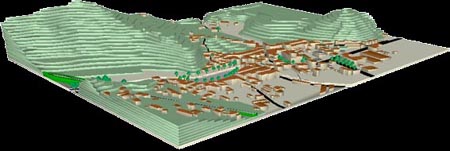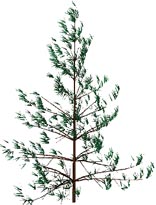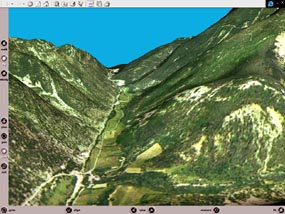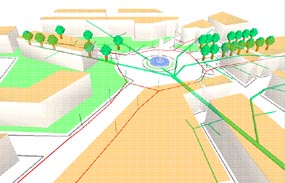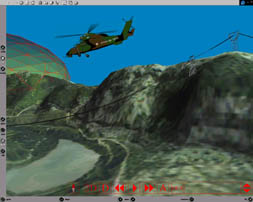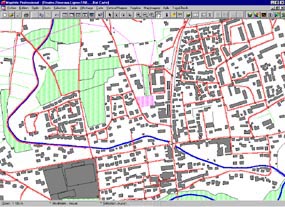
The production of virtual environments answers different kind of problems. A basic is the visualisation and comprehension of spatial structures and their implications.
A virtual environment may be a component of a larger management tool, decision helping or simulation tool.
It can be a common ground for other application, act as a visual framework or as a pedagogic tool...
